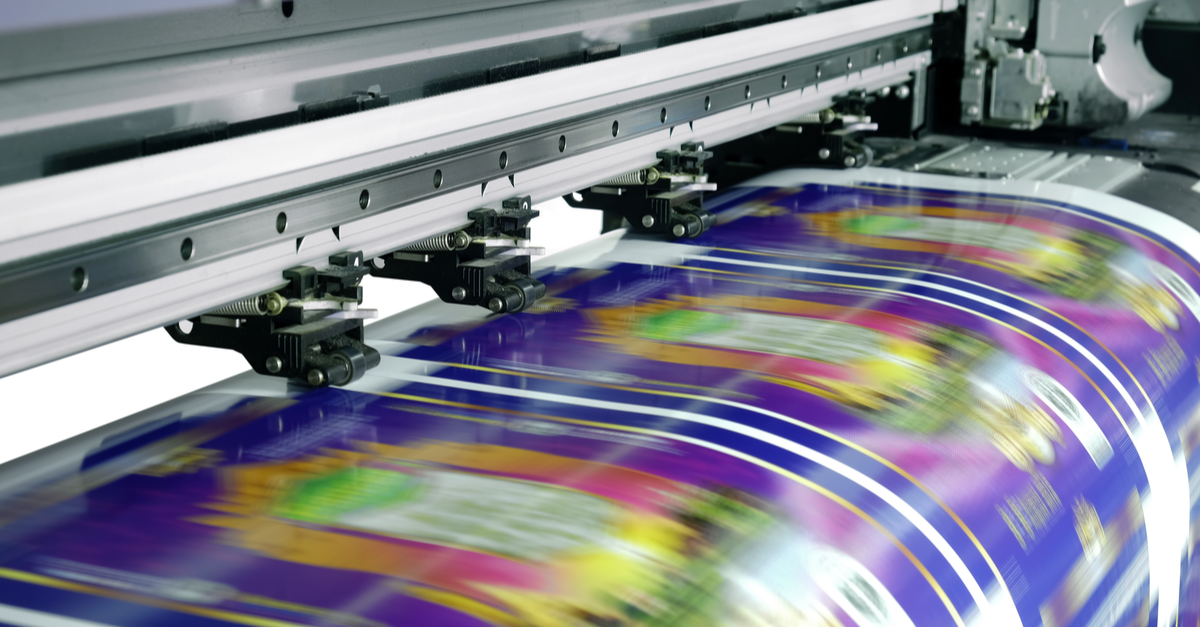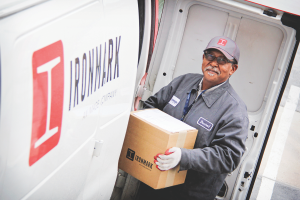Though “Amazonification” scares most industries – and rightfully so – the print industry has been taking notes and learning from the retail and publishing giant. If low inventory and quick return models work for Amazon, they too can work for top printing companies in local areas.
But how do they do it? How does a traditional industry like print learn lessons and follow suit in providing quick turnaround and low costs without uprooting its core business segments? For the print industry, converting from conventional (or analog) to digital technologies has been the answer all along.
Ironmark was among the leaders in the industry to make this move successfully. According to DPS Magazine, a national publication covering national news and innovations in digital print technology, in its article Seamless Production: Converting Book Production to Digital, “Ironmark’s interest in digital print technology started just before the inkjet shift became a common discussion for printers.”
It just makes sense. Short runs and on-demand publications are what companies and publishers want. Plus, they are much more efficient.
In the Old Days – Analog
Offset (analog) lithography is the process by which ink is transferred from a plate onto a rubber blanket, which is rolled onto large sheets of paper being fed through a press. Sheets are then cut and sent into bindery to be bound into books. This is an expensive solution, as the setup of the presses and the finishing equipment is the bulk of the cost for the printer. Offset requires the creation of new plates for each publication. The only way to make this process efficient (from the publisher’s financial point of view) was to have long runs – in the thousands of copies.
The efficiency (per piece) came when high volumes of books are produced. It was inordinately expensive to produce short runs of books, so when a publisher needed short runs, typically they would print way more than they needed and store excess books, adding warehouse costs and lowering cost efficiency even further.
Up until about 15 years ago, this was the only way books were published.
Related: Digital vs. Offset Printing: How You Can Save Time & Money
Now and the Future – Digital Inkjet Technology
The efficiency gap between short run publication demands and high run production capabilities with conventional presses set the table for new technology to take over. Enter digital inkjet web technology.
As demands increased for short run publications, Ironmark CEO Jeff Ostenso knew back in 2014 that the future was digital. The new digital inkjet web technology eliminates all platesetting and virtually all makeready and dry times, so the cost for setup is a fraction of conventional methods. Inkjet puts the ink directly on the paper.
The technology also allows for much more variable opportunities and versioning. As a result, digitally printed books will not become obsolete as quickly as offset printed ones because publishers are able to keep up with new updates with shorter print runs. Following the method above, warehousing and inventory costs drop as well, making digital a vastly more cost-efficient method of printing.

Taking the Plunge into Digital Conversion
While Ostenso spotted this trend early in 2014, the problem a print provider faces in purchasing such new and innovative equipment for their plant is ensuring they have the volume of work to justify the investment.
As a solution, Ostenso and his partner, Ironmark president Scott Hargest, acquired United Book Press, a 100% analog book printer, with the sole purpose of transitioning the $10 million in book production to digital. The same year, they purchased the Ricoh InfoPrint 5000MP, offering high performance monochrome with the ability to convert to full color digital in the future.
Ironmark’s goal in bringing both the Ricoh 5000MP and United Book Press portfolio into the fold was to bring additional value to our customers. From that point forward, Ironmark was able to offer shorter run lengths, more variable opportunities, more versioning, less obsolescence and lower warehouse and inventory costs. Print-on-demand and just-in-time have become household capability terms in Ironmark’s book division.
Great, but What’s in it for Me?
Savings of both money and time.
If Amazon cares about one thing, it’s customer experience. The “Amazonification” of most things only benefits you, the customer. In the case of Ironmark and digital conversion, that trend holds up.
As an example, Ironmark originally produced the International Monetary Fund (IMF)’s 900 monthly statistical reports conventionally. Once the project of 810,000 printed pages was converted to digital, the turnaround time was cut in half from eight days to four. Boom.
“This is one of the best examples of the power of conversion from analog to digital. This job and time window was not possible in our analog environment,” says Ostenso.
Want to talk about how Ironmark can cut time or money from your publication project? Contact one of our publications experts here!




